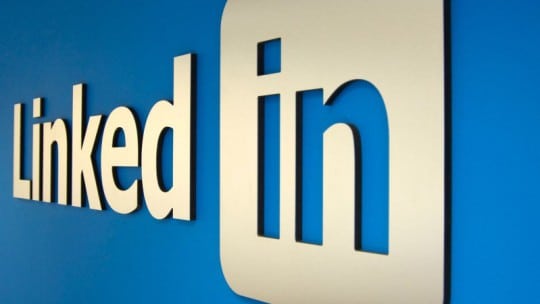
You have to hand it to Microsoft chief executive Satya Nadella. When he goes shopping, he comes heavy. Nadella plunked down $26 billion June 13 to acquire LinkedIn as a way to energize both companies. His hope, of course, is that the deal will be a win-win, with LinkedIn gaining cachet, scale and technology and Microsoft obtaining access to information about the mostly white-collar businesspeople who are LinkedIn’s stock and trade.
Arriving at a stagnant Microsoft two years ago, Nadella has been pushing the brand to become friendlier to corporate customers. In this respect, LinkedIn and its 105 million monthly active users seems a good match. In all, LinkedIn claims 433 million members, or 433 million resumes, a juicy target for brand communicators.
The 433 million members also are the rub for LinkedIn, which is seen as having saturated the market. In addition, its 105 million active members means 328 million are inactive. These and other realities—stagnant revenue growth, competition from other job-search apps, and an inability to go mobile quickly—hurt LinkedIn’s share price, which fell by 50% in March to 100, although it jumped to 200 on deal news.
A challenge LinkedIn has met, at least in part, is one that communicators know well: how to engage an audience. LinkedIn usage among Android users rose in Q1 ’16, while it fell slightly on Facebook, Snapchat, Twitter and Instagram, according to data from SimilarWeb. The downside: Apps installed on mobile phones of the other four dwarf LinkedIn’s mobile tally. People also tend to spend little time on LinkedIn when they’re not in job-search mode.
The tie-up with Microsoft can help, however. “Microsoft has the potential to integrate curated news into the LinkedIn newsfeed, based on users’ interests,” says Missy Voronyak, director, social strategy and engagement, WCG. “This can make LinkedIn more appealing and stickier...” She notes LinkedIn is “the new favorite for publishing business-related thought leadership posts. There’s a lot of power there [communicators] can harness.”
Voronyak is anxious to see Microsoft’s influence on LinkedIn’s social selling. “LinkedIn’s [premium product] Sales Navigator is a good tool for sales teams, but there’s room for Microsoft to put more power behind it.” Since Microsoft is focused on B2B, “it has an opportunity to connect (or integrate) Sales Navigator with its Dynamics CRM program. Hopefully this will result in more complete business profiles on Sales Navigator, which is something sales teams have complained about,” she says.
Integration is key. “Think about things like LinkedIn’s graph interwoven throughout Outlook, Calendar, Active Directory, Office, Windows, Skype, Dynamics, Cortana, Bing and more,” LinkedIn chief Jeff Weiner wrote to employees.
“A seamlessness between one’s LinkedIn account and Outlook profile could prove appealing to communicators and to our senior leaders, who feel [burdened by having] so many platforms to tend to,” says Kevin Kautzky, communications group manager, energy and environment, Pacific Northwest National Laboratory, a Department of Energy research lab.
Melissa Wisehart, director, Moore Communications Group, says the deal means that “diversification among social platforms will remain and become increasingly important” for communicators. She urges communicators to “carefully evaluate what platforms you’re on and ensure you’re spreading resources amongst the avenues that are most important for your brand.”
Kautzky agrees. “We will be keeping a close eye on [LinkedIn’s evolution] and looking at our strategies accordingly.” Southwest Airlines’ CCO Linda Rutherford also said her brand is studying the deal’s implications.
Wisehart hopes the acquisition “will provide some much-needed strategic thinking about where [LinkedIn] is going. In addition, I’m hopeful that it will increase the availability of analytics and advertising products.” LinkedIn can learn from Facebook in that respect. “[Facebook] did a great job by keeping its primary target—consumers—front and center. But it also placed importance on providing an easy, sophisticated advertising platform for brands as a close second. If LinkedIn can combine that with its stake as the leader in B2B social networks given this influx of capital from Microsoft, I think we will see big things.”
Accordingly, Voronyak says, “Now is a great time to revisit your company’s social media guidelines to see if LinkedIn is covered.” In addition, “You can consider hosting a training to help employees, especially executives...optimize their profiles and learn how to best leverage [LinkedIn] as thought leaders and employee advocates.”
Of course, as communicators know, the vaunted synergies that C-suite members speak of when deals are arranged can prove elusive. “All too often…promises of synergy, efficiency and new opportunities fall short...” says Larry Parnell, associate professor, George Washington University, who directs its master’s in PR program. The issues often relate to culture and communications. “This is a key challenge for us as communicators and for senior management. Paying attention to post-merger integration and successfully meshing the cultures of two companies is critical.”
CONTACT: [email protected] [email protected] [email protected]
[email protected]
